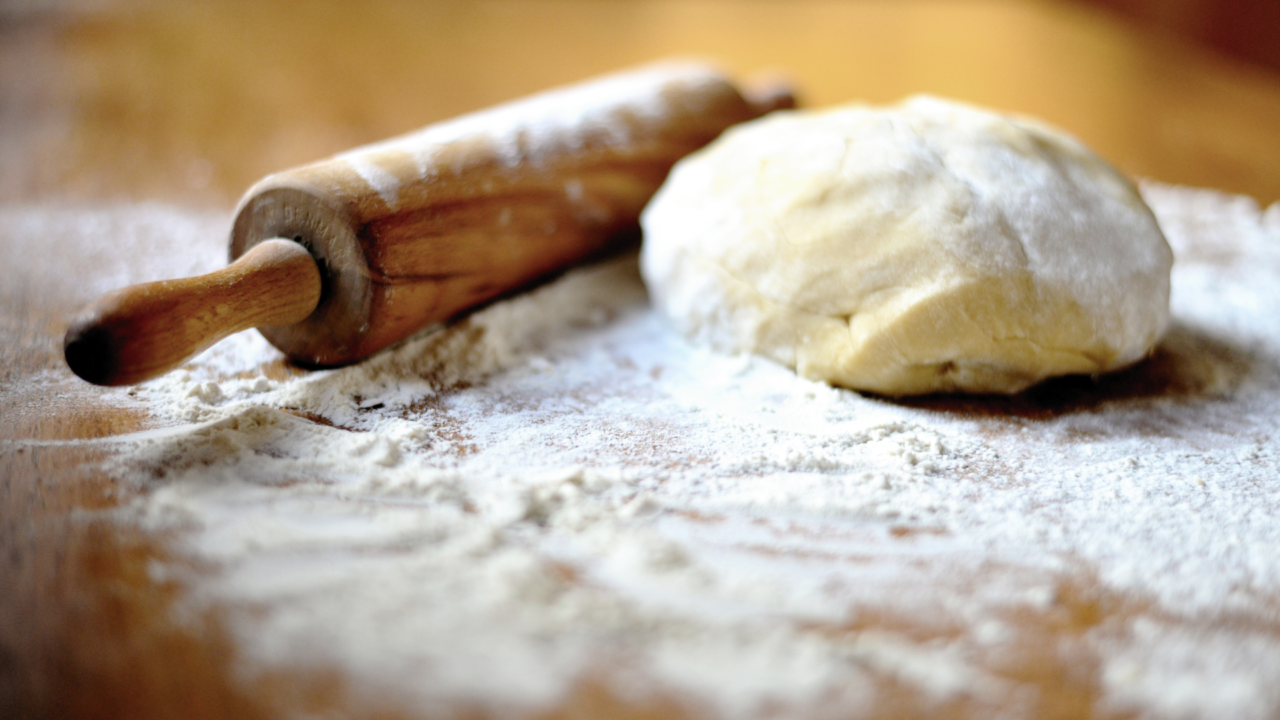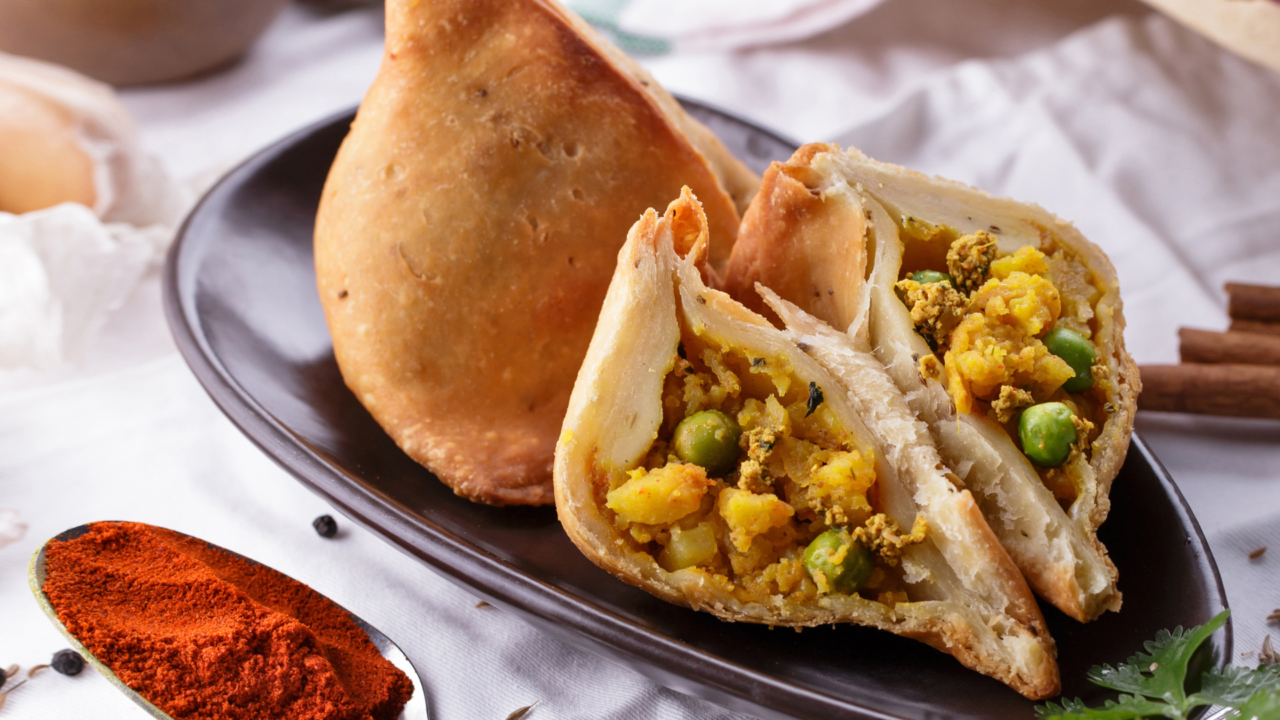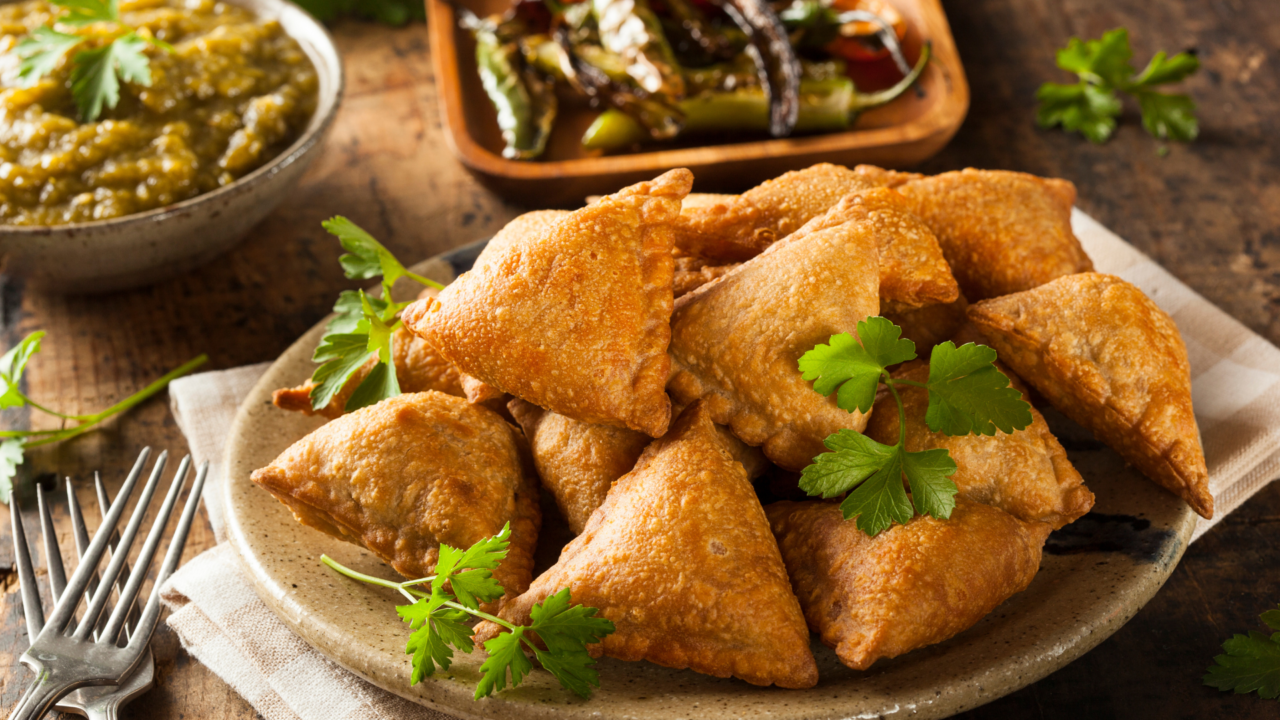KhajuriyaAgriInternational Groundnut Oil
Samosa Recipe with Groundnut Oil

Samosa,
a beloved and iconic triangular pastry, holds a special place in the hearts and palates of people around the world. Originating from the Indian subcontinent, this delectable treat has transcended cultural boundaries to become a global sensation. Bursting with flavors and wrapped in a crispy golden crust, the samosa’s unique blend of spices, textures, and fillings has been captivating taste buds for centuries. In this 500-word description, we will delve into the history, preparation, and cultural significance of the samosa, revealing why it continues to be a favorite indulgence across the globe.
Historical Roots:
The story of samosa dates back to ancient times when trade routes connected the Indian subcontinent to the Middle East and beyond. While its exact origins remain shrouded in mystery, the earliest mentions of samosas can be traced to medieval texts in the region. Some historians believe
Ingredients:

- 2 large potatoes, boiled and mashed
- 1 cup green peas (fresh or frozen)
- 1 small onion, finely chopped
- 2-3 cloves of garlic, minced
- 1-inch piece of ginger, grated
- 1 green chili, finely chopped (adjust to your spice preference)
- 1/2 teaspoon cumin seeds
- 1/2 teaspoon coriander powder
- 1/2 teaspoon garam masala
- 1/2 teaspoon turmeric powder
- 1/2 teaspoon red chili powder (adjust to your spice preference)
- Salt to taste
- 2 tablespoons Khajuriyaagriinternational Groundnut Oil
- 2 cups all-purpose flour (maida)
- 1/4 cup Khajuriyaagriinternational Groundnut Oil
- Water (as needed)
- Salt to taste
- Khajuriyaagriinternational Groundnut Oil
Instructions:

- In a large mixing bowl, combine the all-purpose flour and salt.
- Add Khajuriyaagriinternational Groundnut Oil and mix it into the flour using your fingers until the mixture resembles breadcrumbs.
- Gradually add water, a little at a time, and knead the dough until it becomes smooth and pliable. Cover the dough with a damp cloth and let it rest for 15-20 minutes

- Heat 2 tablespoons of Khajuriyaagriinternational Groundnut Oil in a pan over medium heat.
- Add cumin seeds and let them splutter.
- Add chopped onions, minced garlic, grated ginger, and green chili. Sauté until the onions turn translucent and aromatic.
- Stir in the green peas and cook for a few minutes until they become tender.
- Add the boiled and mashed potatoes, along with coriander powder, garam masala, turmeric powder, red chili powder, and salt. Mix everything well and cook for a couple of minutes. The filling should be dry and well combined. Remove the mixture from the heat and let it cool.

- Divide the rested dough into small lemon-sized balls.
- Roll out each ball into a thin oval shape, resembling a small chapati.
- Cut the oval in half so that you have two semi-circles.
- Take one semi-circle, wet the straight edge with water, and form a cone by bringing the two edges of the straight side together. Press gently to seal the edges, creating a cone shape.
- Fill the cone with the prepared potato-pea filling, leaving some space at the top to seal the samosa properly.
- Wet the edges of the open side and press to seal the samosa completely.

- Heat Khajuriyaagriinternational Groundnut Oil in a deep pan or kadai over medium heat.
- Once the oil is hot, carefully slide in a few samosas at a time, without overcrowding the pan.
- Fry the samosas until they turn golden brown and crispy on all sides.
- Remove the fried samosas with a slotted spoon and place them on a plate lined with paper towels to drain excess oil.

- Serve the hot and crispy samosas with green chutney, tamarind chutney, or ketchup.
- Enjoy your delicious homemade samosas made with Khajuriyaagriinternational Groundnut Oil!

